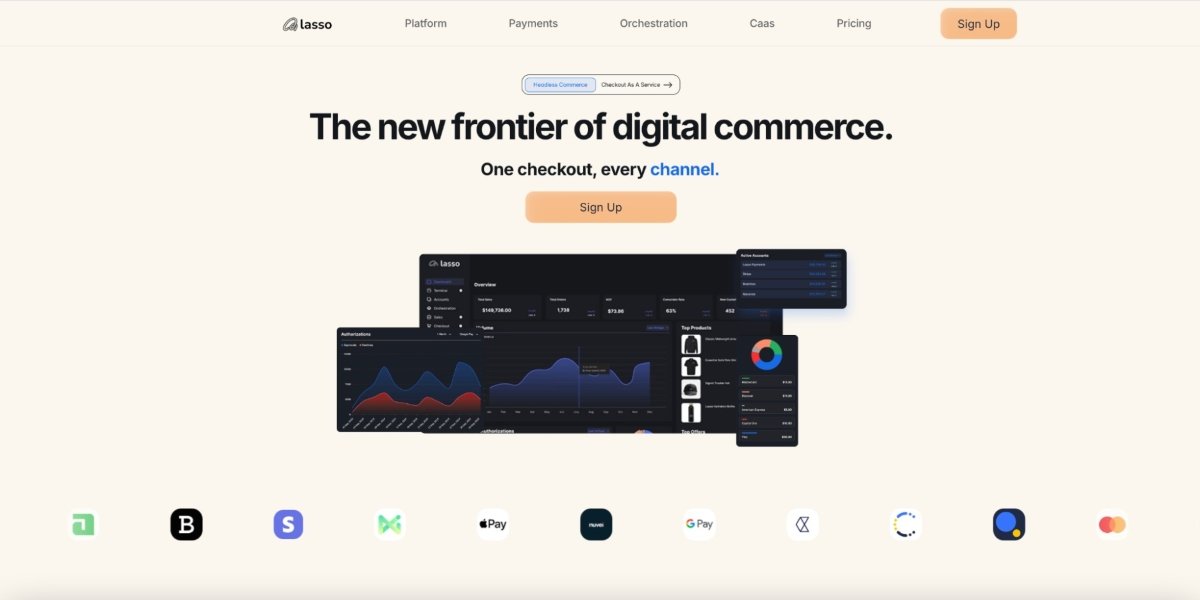A product description is one of the most powerful tools in eCommerce and marketing. It provides potential customers with the information they need to make a purchasing decision, helping to bridge the gap between curiosity and conversion. However, writing effective product descriptions is more than just listing features—it’s about capturing the essence of the product and conveying its value in a way that resonates with the audience. In this article, we will explore the essential strategies for writing compelling product descriptions that not only inform but also inspire action.
Read also: The Economics of Monopolies: Power, Prices, and the Consequences
Understand Your Audience
The foundation of any successful product description lies in understanding the target audience. Knowing who you’re writing for helps you tailor the language, tone, and content of the description to appeal directly to the customer’s needs, desires, and pain points. Different demographics and buyer personas will have different preferences, so it’s essential to consider these factors when crafting your description.
Start by considering what problems the product solves or what benefits it provides. What kind of language will resonate with the audience? For instance, a high-end luxury product may require a sophisticated, elegant tone, while a practical everyday item may benefit from straightforward, no-nonsense language. Always keep your ideal customer in mind and think about how the product fits into their lifestyle or fulfills their needs.
Highlight Key Features and Benefits
Effective product descriptions balance features with benefits. Features describe what the product is or has, while benefits explain why those features matter to the customer. A common mistake is to focus solely on features without connecting them to how they solve a problem or enhance the user experience.
For example, instead of just saying, “This watch is water-resistant up to 50 meters,” you could say, “Enjoy peace of mind knowing this watch is water-resistant up to 50 meters, perfect for swimmers and outdoor enthusiasts who want durability and style in any condition.” This not only informs the customer about the product but also highlights how it fits into their lifestyle.
Always consider what the customer gains from each feature. Will it save them time? Provide comfort? Enhance their convenience? Communicating the benefits will make the product feel more valuable and relevant to the customer.
Use Persuasive and Actionable Language
The language you use in a product description should be persuasive, yet truthful. It should emphasize the value of the product and encourage the reader to take action, whether that’s making a purchase, adding the product to their cart, or learning more about it.
Use active voice and strong, descriptive words to make the description more engaging. Words like “transform,” “enhance,” “discover,” and “experience” evoke a sense of excitement and possibility. Similarly, include actionable phrases such as “Get yours now” or “Order today” to prompt the reader toward taking the next step.
Additionally, avoid using overly technical jargon that may confuse or alienate the customer. Instead, use clear, accessible language that anyone can understand, regardless of their level of familiarity with the product or industry.
Focus on the Product’s Unique Selling Proposition (USP)
A unique selling proposition (USP) is what sets the product apart from competitors. It’s important to highlight what makes the product special or different from similar items on the market. The USP can be anything from the product’s design, its performance, its sustainability, or its exclusivity.
In your product description, emphasize the aspects that make the product stand out. Does it offer a unique feature not found in other products? Is it made with rare materials or crafted with a special technique? Does it come with a satisfaction guarantee or an extended warranty? Make sure that the product’s USP is clear and visible in the description, so customers understand why it’s the best choice for them.
Incorporate Customer Testimonials or Reviews
Incorporating social proof into product descriptions can help build trust and credibility. Customer reviews or testimonials can offer valuable insights into how the product has worked for others, which can influence the buyer’s decision.
A well-placed testimonial or customer quote can showcase the product’s effectiveness, quality, or overall satisfaction. For example, “I’ve been using this blender for a month, and it makes smoothies in seconds—so easy to use!” This adds authenticity and builds confidence in potential buyers, reassuring them that they’re making a wise purchase.
If possible, also include any third-party reviews or ratings to provide an unbiased perspective on the product’s value.
Use High-Quality Visuals
While product descriptions are important, visuals play a critical role in a customer’s decision-making process. High-quality images or videos can showcase the product in a real-world context, allowing customers to visualize how they might use it or how it will fit into their lives.
Ensure that the visuals are clear, well-lit, and taken from multiple angles to provide a comprehensive view of the product. If the product has any special features or details, such as intricate craftsmanship or innovative technology, close-up shots can help highlight these aspects. Videos can also be incredibly effective, offering customers a chance to see the product in action or demonstrating its unique features.
When combining visuals with your product description, make sure they complement each other and provide a cohesive message. Customers should be able to see exactly what they’re getting, while the description provides the details and context to make them feel confident in their purchase.
Optimize for SEO
An important but often overlooked aspect of writing product descriptions is optimizing them for search engines. By using relevant keywords, you can increase the chances of your product showing up in search engine results, making it easier for potential customers to find.
Identify the keywords and phrases that your target audience is likely to search for, and incorporate them naturally into your product description. These could include specific product names, types, or benefits. Avoid keyword stuffing, as it can make the copy sound forced and decrease readability. Instead, aim for a natural flow that balances SEO with a compelling narrative.
Create a Sense of Urgency
One of the most effective ways to motivate customers to make a purchase is by creating a sense of urgency. A sense of scarcity or time sensitivity can push potential buyers to act sooner rather than later.
Incorporating phrases like “Limited stock available,” “Sale ends soon,” or “Only a few left” can create that feeling of urgency. However, be careful not to overdo it—use these tactics sparingly to maintain their effectiveness and avoid coming across as manipulative.
Writing effective product descriptions is an essential skill for any marketer or business owner looking to boost sales and engage customers. By focusing on understanding your audience, highlighting key features and benefits, using persuasive language, and emphasizing the product’s unique selling proposition, you can craft descriptions that resonate with potential buyers and encourage them to take action. Combining these strategies with high-quality visuals and optimized SEO practices will ensure that your product descriptions stand out, build trust, and ultimately drive conversions.
Read also: SMB Cybersecurity: Protecting Your Small Business from Cyber Threats











